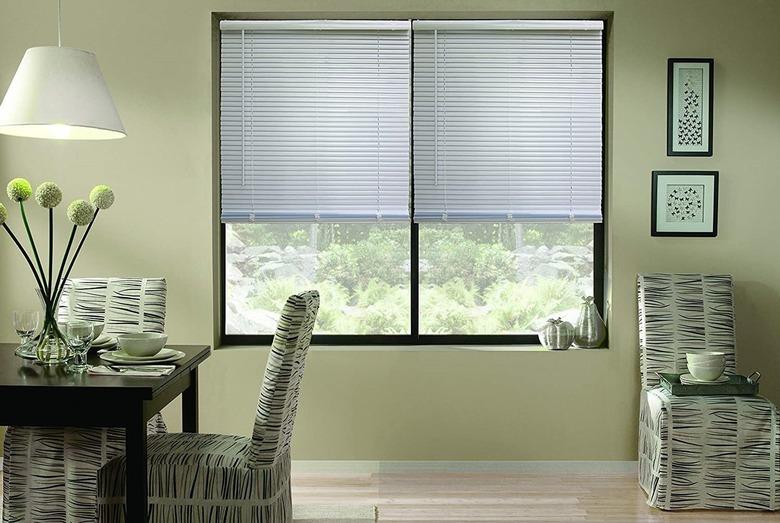How To Repair Levolor Blinds
We may receive a commission on purchases made from links.
Levolor blinds are known for their high quality and longevity. They're also known for having a hefty price tag, so you'll want to try to fix broken blinds if you can rather than replacing them.
Start by contacting Levolor and asking for help. Its blinds come with a 10-year warranty, so it's possible that you can get your blinds repaired at no cost. If the warranty ship has sailed, you'll have to try to tackle the problem yourself.
Try the Basics
Try the Basics
All blinds can have issues, but cordless blinds are known for occasionally going wonky. When they do, you can often coerce them into fixing themselves. Spring-loaded blinds, for instance, often simply need a mechanism reset. To achieve this, place your hands firmly on opposite sides of the blinds and pull all the way down. Then, try gently pushing the blinds back up, pulling gently from side to side as you do.
If that doesn't fix your spring-loaded roller blinds, you can manually reset the spring tension. Pop the idle end of the blinds out of the bracket. Keep the other end of the shade in its bracket and give the roller a few turns to add tension to the spring. Place the idle end of the blinds back in the bracket and test your blinds. It's quite likely that they will work now.
Other cordless blinds and Roman shades that won't go up require a slightly different approach. Pull the shade down as far as it will go. Grab the bottom of the shade, tilt it so that it is at a 45-degree angle from the window, and give it a few firm tugs. Don't tug too hard or you risk damaging the shade, but you do need to exert a bit of pressure.
What if your cordless blinds won't go down all the way? Place one of your hands on the back of the blinds and the other on the front, positioning them so that the string inside the blinds is between them. Run your hands down along the blinds to stretch the internal string. Repeat this process with all the strings. Most blinds have two strings, but longer blinds may have three or more.
Troubleshooting and Parts
Troubleshooting and Parts
If the usual tricks don't work or if you don't have cordless blinds, you'll need to troubleshoot the blinds. Begin by looking for obvious problems, like twisted slats, tangled cords, or chains or cords that appear out of place. If you can find and fix the problem, great. If not, you may need to take the blind down and take it apart to get a better look at its mechanisms.
Still no idea? Try calling Levolor customer service or chatting with a customer service representative on its website. If you can describe your issue, the representative might be able to tell you where to look for problems and what parts you need to fix them.
If your blinds are still considered current, you can usually purchase a replacement part from Levolor or one of the dealers in its network. If your blinds are discontinued, however, you'll have to look for parts elsewhere. Levolor recommends visiting fixmyblinds.com if you need parts it no longer carries.
Make the Repair
Make the Repair
Depending on your level of DIY savvy and the specifics of your repair, you may find that you can easily replace any damaged parts and repair your blinds without much fuss. Unless you fix blinds for a living, however, you may need a little guidance on some repairs. To find it, first check the website where you purchased your parts. Many post instructional videos explaining how to perform common repairs.
If you can't find what you need there, try searching YouTube for instructional videos. It's likely you'll have many from which to choose. When possible, try to choose a video produced by a professional in the blinds industry. These are far more likely to show you proper techniques rather than risky shortcuts and often feature higher-quality sound and video.
